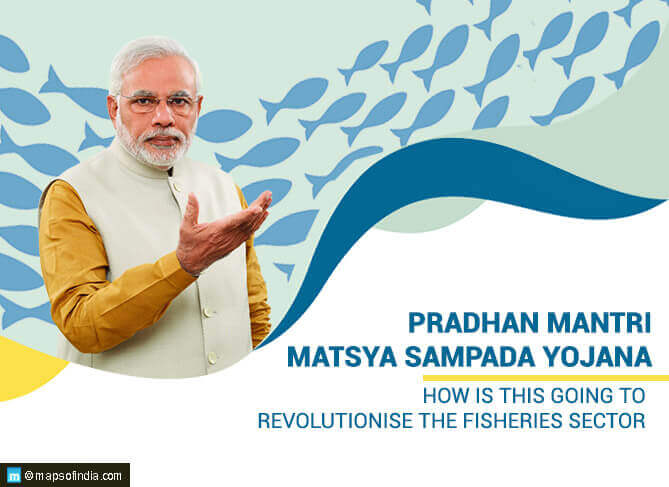Bharat Nirman is a branded programme launched by the Government of India in 2005. It is now 8 years old, taking huge strides into rural development with the flagship of volunteering. Bharat Nirman has been sub-divided into six parts namely water, roads, housing, telephone, electricity and irrigation.
A very basic constitution of human survival is housing. The housing programme is thus a very important strategy for alleviating poverty and destitution in India. The Ministry of Rural development is implementing the Indira Awaas Yojana scheme for rural housing development programme. The scheme is sponsored mainly by the Central Government and the cost is shared in a 3:1 ratio between the States and the Central government. The target is to build 1.2 crore houses for the poor by the year 2014.
Bharat Nirman also plans to distribute safe drinking water to all the underdeveloped areas. Other developmental steps include telephone access covering 40% of the rural areas of India by the year 2014 and Internet access to 2.5 lakh panchayats. Currently, as many as 66,822 villages are without telephone connection. Bharat Nirman has further plans of constructing all weather roads connecting all the population wise major villages of rural India and provides electricity to all the rural areas of India. The Plan also aims to add a sizeable portion of irrigational land to the existing farming lands of rural India.
The government has been launching some programmes to uplift the rural poor since independence. Every five-year plan had had some allocation with the rural poor. The ICDS scheme to distribute nutritional food to small children, the midday meals programme to attract rural children, etc failed to yield 100% result. So, the Bharat Nirman Programme is the mixture of old and new schemes and flagship programmes based on the philosophies of great leaders like Gandhi, Swami Vivekananada and Ambedkar.
The Ministry of Rural Development, Government of India started building a group of Bharat Nirman Volunteers (BNVs) under the Lab to Land Initiative in 2010- 2011 and intends to train and develop about 40 lakh persons as BNVs to bring greater efficiency and effectiveness in implementation of rural development programmes.The BNVs will create awareness for better transparency and accountability in implementation of the Government’s programme by disseminating of information and help in speeding up the delivery of public services in the rural areas.
The main role of these BNVs is:
- To communicate with the rural people
- To encourage them to get involved in developmental processes
- To help the rural people in getting the benefits of the flagship programme
- To bridge the gap between welfare scheme and actual implementation
- To act as a monitoring group
- To help promote Livelihood Generating Activities (LGAs)
- To coordinate between the Government Agencies and people in general
The Government is spending crores of rupees on various developmental programmes. However there are gaps in the implementation of theses schemes which ultimately affect the delivery to the beneficiaries. The reason for these gaps are many but one of the biggest reason is that the agencies which implement these scheme are ill equipped as far as manpower is concerned at the state level. At this point, voluntary help can be one of the best inputs to carry out the variety of welfare programmes. No doubt that the BNVs will play a pivotal role in the ultimate success of Bharat Nirman. After all we must remember “Ask not what your country can do for you, ask what you can do for your country”.




